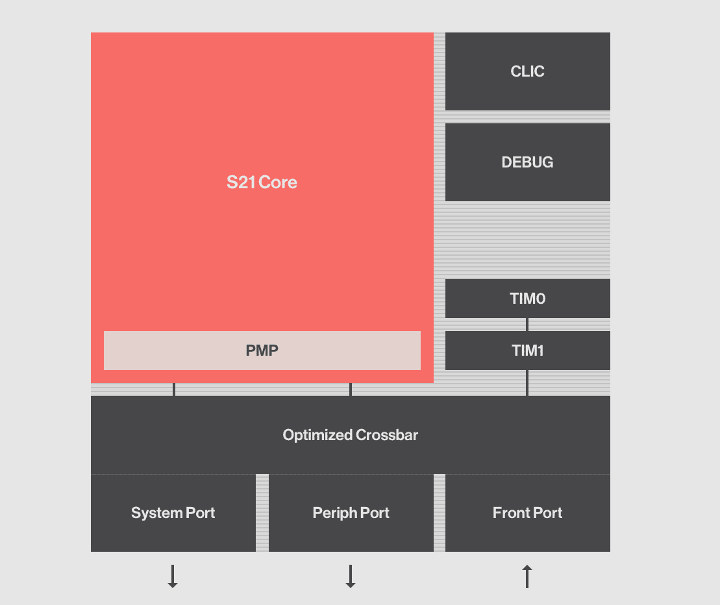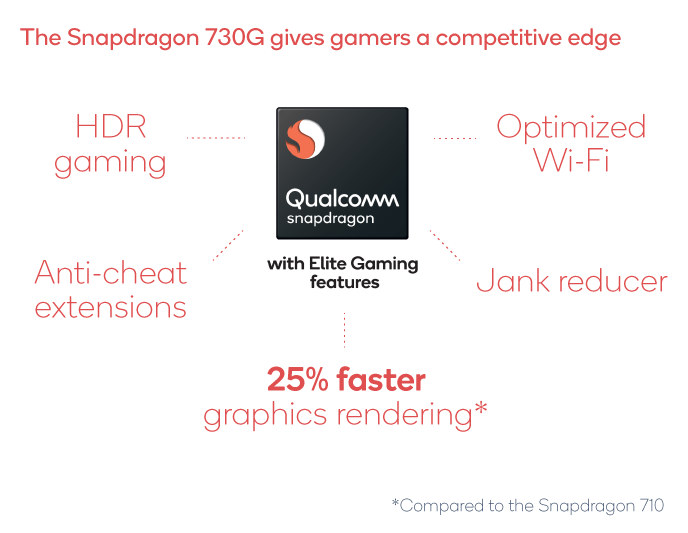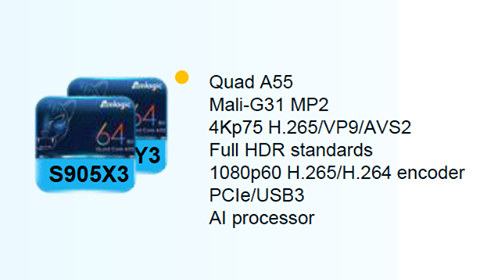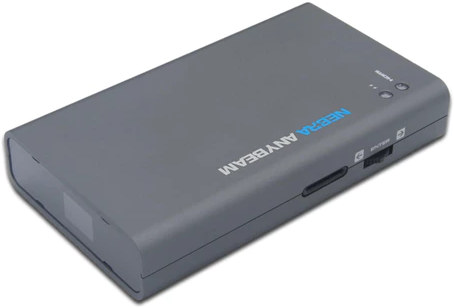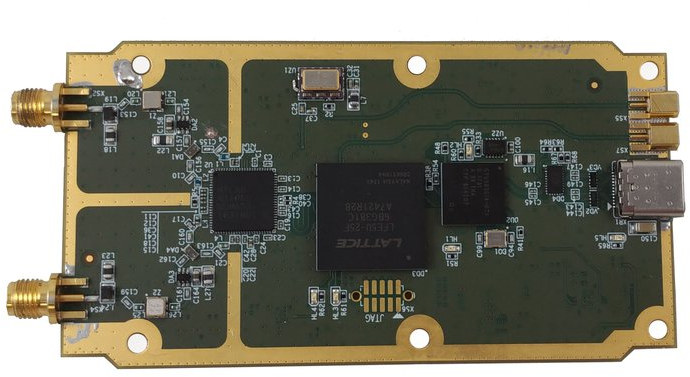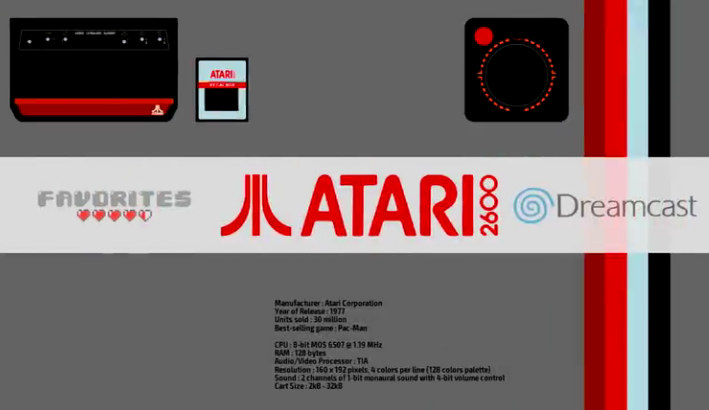Last year, SiFive introduced their first RISC-V cores competing with Arm Cortex-R family of processors thanks to their S7 Series 64-bit RISC-V Core IP providing an answer to Arm Cortex-R7/R8 32-bit real-time processors. The company has now announced the SiFive S2 RISC-V core that it claims to be the world’s smallest 64-bit embedded core, and also the first SiFive IP core without any direct competitive equivalent in the market. For now, there’s only one core in the family with SiFive S21 offering the following key features: RISC-V ISA – RV64IMAC 64-bit AXI Ports Machine and User Mode with 4 Region Physical Memory Protection 3-stage pipeline with Simultaneous Instruction and Data Access 2 Banks of Tightly Integrated Memory (TIM) CLIC (Core Local Interrupt Controller) with 127 interrupts Advanced debug with 4 hardware breakpoints/watchpoints Performance – 1.6 DMIPS/MHz; 3.2 Coremarks/MHz The company compares its to the SiFive S5 cores, which I had […]
Getting Started with balenaFin Developer Kit, balenaOS and balenaCloud
balena Fin is a carrier board for Raspberry Pi Compute Module 3/3+ designed specifically for industrial applications leveraging fleet management services provided by Balena. I received balenaFin developer kit last month, and in the first part of the reviewed shows how to assemble the kit. I’m now had time to spend more time with the kit, as well as BalenaOS Linux based operating system optimized for running Docker containers on embedded devices, and balenaCloud services to manage a fleet of devices from a web dashboard. I’ve mostly followed the instructions in the getting started guides here and there, and will document what I had to do to prepare the image, flash it to the board, and load a sample docker application locally, and through balenaCloud. Downloading and Configuring BalenaOS for balena Fin You’ll find BalenaOS in the download page. While we are using hardware based on a Raspberry Pi Compute […]
Snapdragon 730, 730G & 665 Mobile Platforms Target High and Mid Tier Devices
Qualcomm has announced three new processor / mobile platforms for high and mid-tier mobile devices. Qualcomm Snapdragon 730, 730G and 665 Mobile Platforms are designed to improve experiences in artificial intelligence (AI), gaming, camera, as well as general performance. Snapdragon 730 & 730G Both processors share many of the same features: Qualcomm Artificial Intelligence Engine AIE CPU – Octa-core Qualcomm Kryo 470 CPU @ up to 2.2 GHz AIE GPU – Qualcomm Adreno 618 GPU with support for OpenCL 2.0 FP, Vulkan 1.1, OpenGL ES 3.2, DX12 AIE DSP – Qualcomm Hexagon Vector eXtensions (HVX), Qualcomm Hexagon Tensor Accelerator, Qualcomm Hexagon 688 Processor, Qualcomm Hexagon Voice Assistant, Qualcomm All-Ways Aware technology Neural Processing: Qualcomm® Neural Processing SDK Display On-Device Display Snapdragon 730 – up to FHD+ (18:9), 2520×1080 resolution Snapdragon 730G – up to Quad HD+, HDR10, 3360×1440 External Display up to 4K resolution Camera Qualcomm Spectra 350 image signal […]
Amlogic S905X3, S905Y3 & S905D3 Quad Core Cortex A55 AI Processors Are Coming Soon
I’ve just found out Amlogic is working on S905X3, S905Y3, and S905D3 quad-core Arm Cortex-A55 processor, coupled with an AI processor normally used for voice recognition in TV boxes, following the introduction of Amlogic S905X2, S905Y2, and S905D2 processors last year, all based on the older and time-tested Arm Cortex-A53 cores. Arm Cortex A55 was announced together with Arm Cortex A75 processor as the first core compatible with DynamIQ processing, and so far we’ve seen a few Arm Cortex-A55 cores but mostly combined with Cortex-A75. Amlogic S905D3, S905X3, and S905Y3 change all that. We have very few details at this stage, except the new processors will have many of the same features as the S905X2/Y2/D2 models including an Arm Mali-G31 MP2 GPU, HDMI 2.1 up to 4Kp75 resolution and HDR support, 4K H.265, VP9, and AVS2 video decoding, Full HD H.265/H.264 encoding, as well as PCIe and USB 3.0 support. […]
Makers Friendly Nebra AnyBeam Laser Projector Fits into your Pocket (Crowdfunding)
Nebra Anybeam is a laser pico projector small enough to fit into your pocket. The fanless projector can be powered by a power bank or from the USB port of a computer, and you can play content from your smartphone, laptop or tablet. Beside a consumer devices, the company – Pi Supply – also offers options for makers and tinkerers with a development kit, as well as Raspberry Pi HAT to add the laser projector on top of the popular SBC, as well as a round model powered by Raspberry Pi W Zero board. Nebra Anybeam Projector Nebra AnyBeam key features specifications: Projector Resolution – 720p @ 60 fps Contrast – 80,000:1 Aspect Ratio – 16:9 Brightness – 30 ANSI equivalent to 150 ANSI lumens in a standard DLP projector Video Input – HDMI 1.4 female port Audio – 3.5mm audio jack, 1W speaker Misc – 1/4-20 UNC tripod mount, […]
Amungo NUT2NT+ is an Open Source High Precision GNSS Board (Crowdfunding)
Amungo Navigation NUT2NT+ is an open-source hardware four-channel, all-frequency, GNSS RF-to-bits receiver for precision, satellite-based positioning. Connected to the right antennas, the board can achieve centimeter positioning resolution by connecting to multiple navigation satellite systems including GPS, GLONASS, Galileo, BeiDou, and IRNSS. Amungo claims that while several startups and large companies already offer proprietary GNSS positioning solutions NUT2NT+ is the only open source option in this class of GNSS devices. NUT2NT+ key features and specifications: Receiver chip – NTLab NT1065 4-Channel RF Front-End IC FPGA – Lattice ECP5 with 12K LUTs + 28 DSP blocks (LFE5U-12) opened for custom design USB – 1x USB 3.1 Type-C port via CYUSB3014 USB 3.0 controller: Clock – 10 MHz TCXO, soldered RF inputs – 2x bands dedicated; – 5 dB referred noise floor ADC – 2-bit resolution up to 99 MHz Samples transfer – Continuous full stream, from 10 to 50 Mbytes/sec GNSS […]
Batocera.Linux OS Combines Kodi & Retro Gaming for Raspberry Pi & ODROID Boards
There are already several ways to run retro games on development boards, with for example RetroPie, and derivatives like RetrOrangePi, Lakka and Recalbox. Batocera.Linux is another option that I had never heard about so far, and works on PCs, as well as Raspberry Pi and ODROID boards, with ODROID-N2 support having been added very recently. batocera.linux operating system can easily be run from a USB flash drive on your computer without altering your existing OS, while it will boot from a standard microSD card on Raspberry Pi and ODROID boards. Beside retro-gaming support, the OS also includes Kodi media center for playing videos, or listening to music. You may even play games in it since retro-gaming support was added in Kodi 18. The partial compatibility table above shows all platforms have a different level of support, and for Intel hardware support more emulators than Arm based boards. The Orange arrow […]
T96G 4G LTE TV Box Sells for under $80
We’ve already covered several 4G LTE TV boxes in the past, but none of those were easy to buy since the manufacturers would mostly sell to distributors and resellers, and there was no way to easily purchase the device online. But this morning, I found out Geniatech started to sell their ATV329A model online for $129 on their own website, so I decided to look for it on Aliexpress, and instead I found out T96G 4G LTE TV box was selling for just under $80. T96G specifications: SoC – Amlogic S905W quad core Arm Cortex-A53 processor @ up to 1.5 GHz with penta-core Arm Mali-450 GPU System Memory – 2GB DDR3 RAM Storage – 8GB eMMC flash, microSD card slot up to 32GB Video Output – HDMI 2.0a up to 4K @ 60 Hz with HDR support, AV port for composite video Video Decoding – 10-bit H.265, H.264 up to […]

